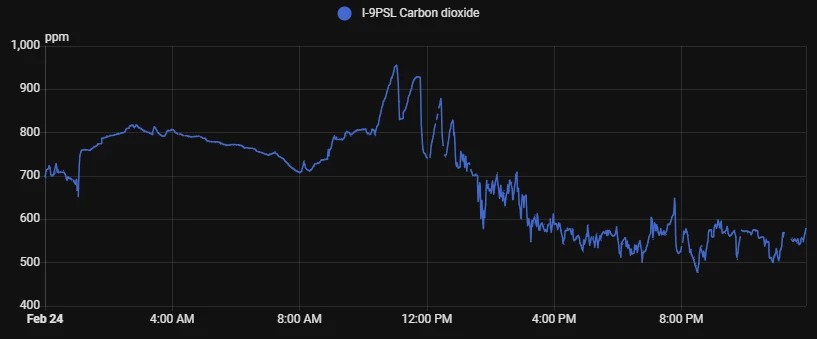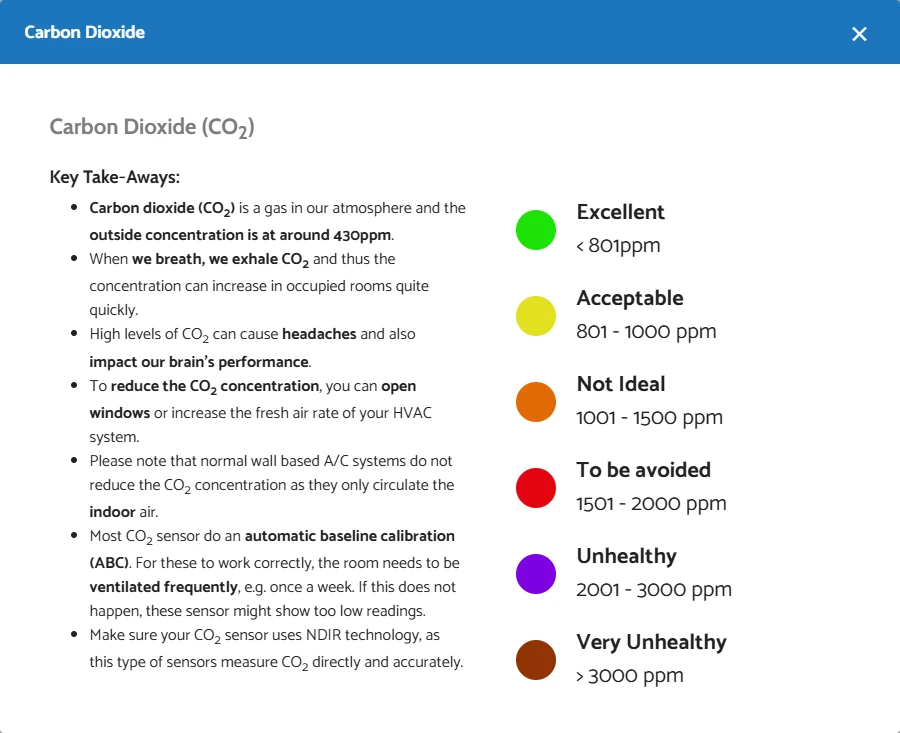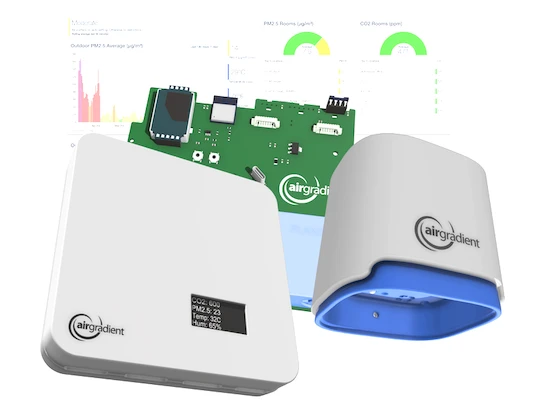Open and Accurate Air Quality Monitors
We design professional, accurate and long-lasting air quality monitors that are open-source and open-hardware so that you have full control on how you want to use the monitor.
Learn More“This is an article written by Aaron, a member of our community who recently got an AirGradient air quality monitor to better protect his family’s - and particularly, his new baby’s - health. Aaron also works from home and writes about how his AirGradient ONE has been able to better improve not only his health and wellbeing but also his productivity. We would like to thank Aaron for discussing his experiences with indoor air quality and would also like to extend this invite to other members of our community. If you have any air quality stories to share, please reach out to us!”
In 2019, I was like many others out there — commuting to an office, spending eight or more hours at a desk, and suffering from stale indoor air. At the beginning of 2020, a lot changed. We were directed to work from home due to the ongoing coronavirus. This marked the beginning of my adventure into better air quality awareness.
I was already suffering mildly in the office. It was a closed-in space. No windows to open, extremely low humidity at times, and a not-so-great HVAC system because it simply didn’t work that well when it was needed the most. I especially remember the peak of every summer being a nightmare because it was too hot and the peak of every winter being too cold, followed by an extreme amount of dryness in the air, causing daily nasal issues and static electricity on everything I touched. I often felt uncomfortable and miserable throughout my workday.
I thought all of my problems would disappear while working from home. But soon, I discovered a new problem I would face: fatigue, migraines, and lack of focus. At first, I attributed it to adjusting to a new routine and tweaking my sleep schedule in search of a solution. There was some improvement, but it didn’t help the migraines that seemed to appear out of nowhere.
I suspected that maybe the air in the room was stuffy or that the temperature was a factor since my room at home was usually 10 degrees warmer than the rest of the house. To test this theory, I started keeping my door open for longer periods. I noticed some improvement. Breathing was easier, tasks were more manageable, and my focus improved. However, I didn’t yet fully understand why things were better.

Armed with an Indoor Monitor by AirGradient, it was time to see what was going on. I was shocked to see my CO2 levels exceeding 1000 ppm during work hours, which is well above the recommended threshold for optimal function. A normal, well-ventilated space sits at around 500-600 ppm in my home, where the air feels fresh. But with the door and windows closed, my direct CO2 levels skyrocketed, making the air heavy and stale.

The air really felt different during these times. Personally, I am quite sensitive to temperature, scents, and weather changes, so having poor air quality here was definitely something I was no longer interested in entertaining for much longer. I struggled with brain fog, a lack of focus, and persistent exhaustion. My overall work efficiency was declining, and I finally had specific data to explain after all this time. Comparing my numbers with the example from AirGradient, things seemed to line up. My levels were mostly in the “Not Ideal” category, and that’s only with me in the room. If my wife decided to spend some time near me, the levels would easily surpass 1500 ppm. That by itself was enough to make me fall asleep in my chair pretty quickly.
To remedy this, I added some fans and an air purifier and started opening both the door and windows whenever possible. The change was much better. I no longer felt sluggish, my migraines subsided, and the overall freshness of the air made it easier to work for extended periods. Additionally, I automated my air monitoring system to activate fans whenever CO2 levels climbed too high, preventing the problem and alerting me before it became out of control.
For anyone working from home or in the same space for extended periods of time. I highly recommend becoming aware of your surroundings. If you start to feel different, take the initiative and search for a solution. Having small changes like ventilation, fans, and outdoor breaks made a huge impact on my productivity and well-being. The simple act of tracking air conditions helped me regain control of my work environment, and I encourage others to do the same.
Curious about upcoming webinars, company updates, and the latest air quality trends? Sign up for our weekly newsletter and get the inside scoop delivered straight to your inbox.
Join our Newsletter
We design professional, accurate and long-lasting air quality monitors that are open-source and open-hardware so that you have full control on how you want to use the monitor.
Learn More